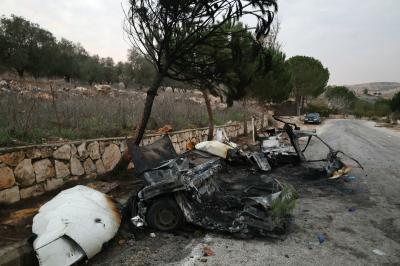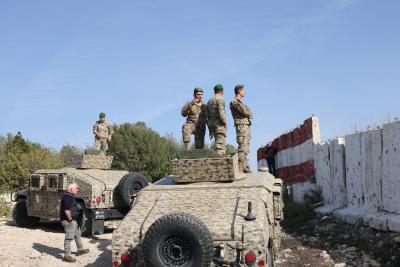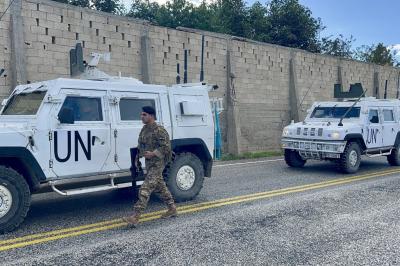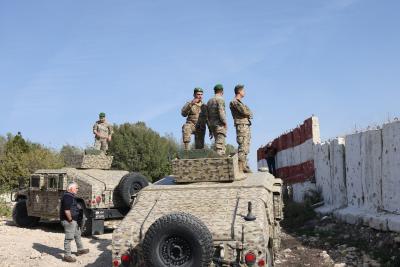Despite the rising wave of optimism surrounding the prospect of a breakthrough deal to end the war in Gaza, talk of a near resolution may be premature. What can be said with greater confidence is that progress has indeed been made—largely due to concessions by Hamas under Qatari pressure, coupled with circumstances increasingly unfavorable to prolonging a war that has turned into a war of attrition for the Israeli army in recent weeks.
“Hamas” has not offered a full “yes” to the Qataris regarding the proposed negotiation framework based on the initiative of U.S. presidential envoy Steve Witkoff, appointed by Donald Trump. Instead, the group issued a “yes, but”—responding positively in tone while attaching several observations, deliberately framed as non-essential, in an effort to maintain momentum and facilitate the mediators’ work.
Yet in reality, the reservations expressed by Hamas concern the very same issues that have historically derailed all previous agreements—namely, three core demands from which many secondary matters stem: the flow of humanitarian aid, Israeli withdrawal, and above all, a definitive end to the war.
What’s new—and significant—is that Hamas’s constructive tone has led to serious new negotiations and placed Israeli Prime Minister Benjamin Netanyahu under increased pressure from Trump. This, in turn, is considered a key factor in bringing Israel back to the negotiating table in Doha.
This recent shift in tone is also tied to the Israeli army’s urgent need for a two-month ceasefire to rest and regroup its forces, after hitting a wall in Gaza operations. The army has reportedly clashed with Netanyahu over this pause. Military officials have told him they expect to complete control over about 75% of the Gaza Strip and dismantle most of Hamas’s tunnel infrastructure—including offensive, strategic, and tactical networks—along with a significant portion of its military capacity and fighters. But the army has also warned that this won’t eliminate Hamas entirely, nor its ability to regroup and recruit.
Despite these achievements, Israeli military officials admit that operations are progressing slowly and that completing the mission remains unlikely any time soon. June was the deadliest month of the war, with 20 Israeli soldiers killed—many by improvised explosive devices planted by Hamas guerrilla units operating independently from the central command, which has not carried out coordinated missions in months. Yet resistance continues—undermining Netanyahu’s narrative of victory.
When Israel resumed its offensive in Gaza, the army laid out four objectives for its “Operation Gideon’s Chariots” in May: creating conditions for the return of hostages, militarily defeating Hamas, dismantling its governing authority, and preserving international legitimacy via the humanitarian aid route. None of these goals have been fully achieved.
Military commanders have told Netanyahu bluntly: “We’ve reached a crossroads—both in the hostage issue and the future of Gaza.” The need for a political solution is now urgent, yet the government appears paralyzed, with blame shifting toward the military.
Israel’s need for a ceasefire also extends to diffusing domestic dissent, even as Netanyahu’s popularity enjoyed a brief boost following the war with Iran. Central to this is the potential recovery of eight to ten living hostages and 18 bodies held by “Hamas”—a development that could help Netanyahu silence mounting criticism, especially from the families of soldiers killed in Gaza. The situation evokes memories of the "Four Mothers" movement during Israel’s occupation of Lebanon in the 1990s, which played a key role in building pressure that ultimately led to Israel’s withdrawal in 2000.
So far, Netanyahu’s only partial success has been in the humanitarian aid file—where, under Trump’s pressure, he managed to separate Hamas from aid management. Otherwise, he would likely have never agreed to such concessions.
Yet the need for a deal—or at least a temporary truce—is even greater on the Palestinian side.
Since March 18, when the war resumed, more than 7,000 Palestinians have been killed. Regardless of any long-term gains from negotiations or whether the war formally ends, even a 60-day ceasefire—without daily killings, destruction, starvation, and humiliation—would be a tangible gain.
Moreover, the entry of aid and fuel through a full protocol—even if not under the conditions Palestinians had hoped for—would be a significant step amid a worsening famine.
The greatest fear now, however, is that all this optimism is just a tactic by Netanyahu to buy time—regardless of who ultimately makes the commitments. Netanyahu has consistently evaded any permanent ceasefire commitment, refusing full withdrawal and merely hinting at “redeployment.” Israel has not even provided maps of its proposed pullback zones. He may seek to prolong the conflict through a formula of “weapons for reconstruction” or “buffer zones in exchange for aid,” while waiting for a long-term postwar arrangement—one that excludes both “Hamas” and the Palestinian Authority from future governance.
That is, unless Trump’s pressure intensifies, and Netanyahu is given personal guarantees—particularly around immunity from prosecution and the security of his political future. Only then might Gaza truly enter an entirely new phase.
Please post your comments on:
[email protected]
 Politics
Politics












